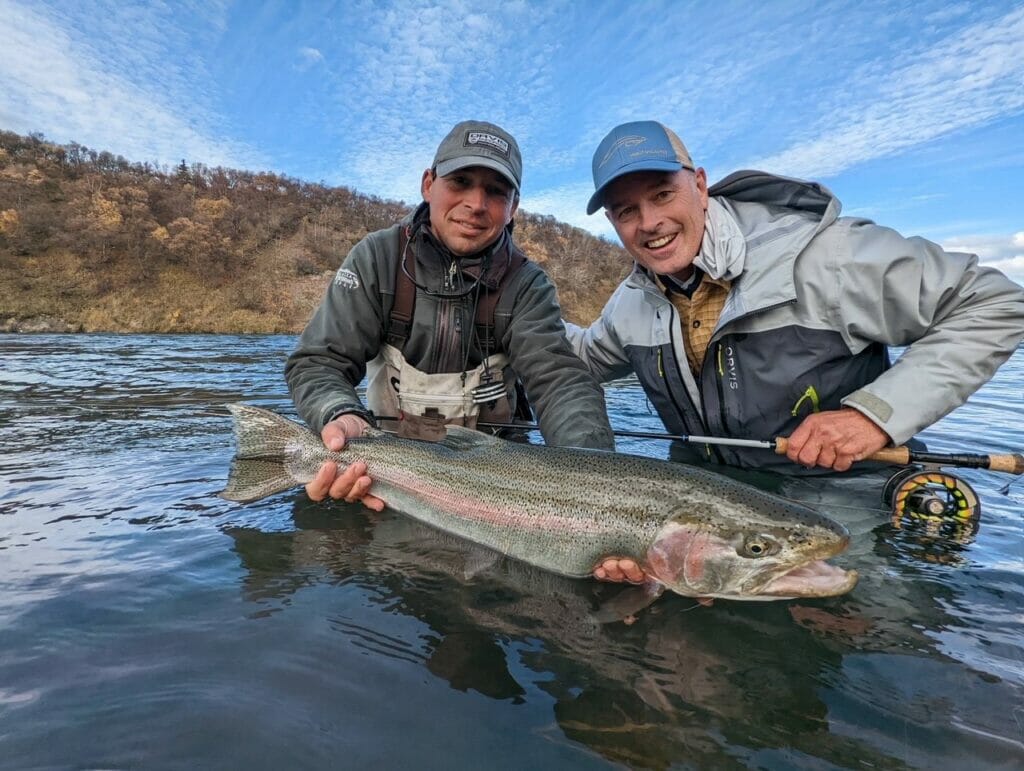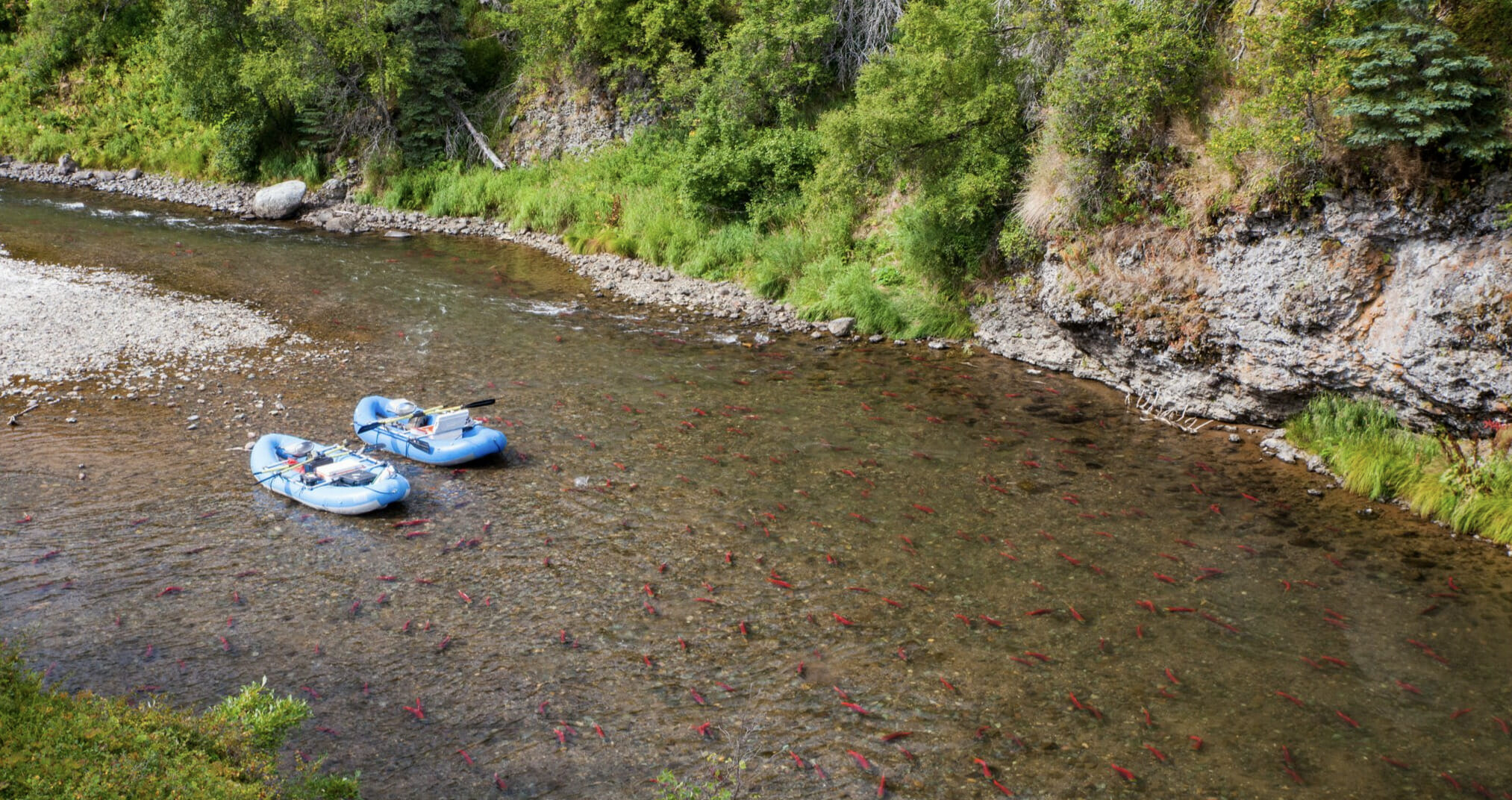Thanks to dedicated volunteers, loyal partners, and strong allies, we racked up wins in 2022
Seventeen years ago, when Brian Johnson was hired at TU in California, his boss told him that a coalition working on the Klamath River was advocating for removal of all four dams on the river.
The other day, Brian recounted the story to me. The decision started with Troy Fletcher, then-CEO of the Yurok Tribe, and was supported by Chuck Bonham, then-director of TU’s California program and now director of the California Department of Fish & Wildlife.
“Fast forward 17 years,” Brian told me, his voice breaking a little. “Troy didn’t live to see it, but next Tuesday, I’ll preside over a meeting of the Klamath River Renewal Corporation (KRRC). Amy Cordalis, the Yurok appointee to KRRC and TU board member, will make a motion and then the board will approve taking ownership of and removing four dams on the Klamath River.”
And so begins the re-opening of 450 miles of salmon and steelhead habitat on the Klamath River that has been blocked for over 100 years.
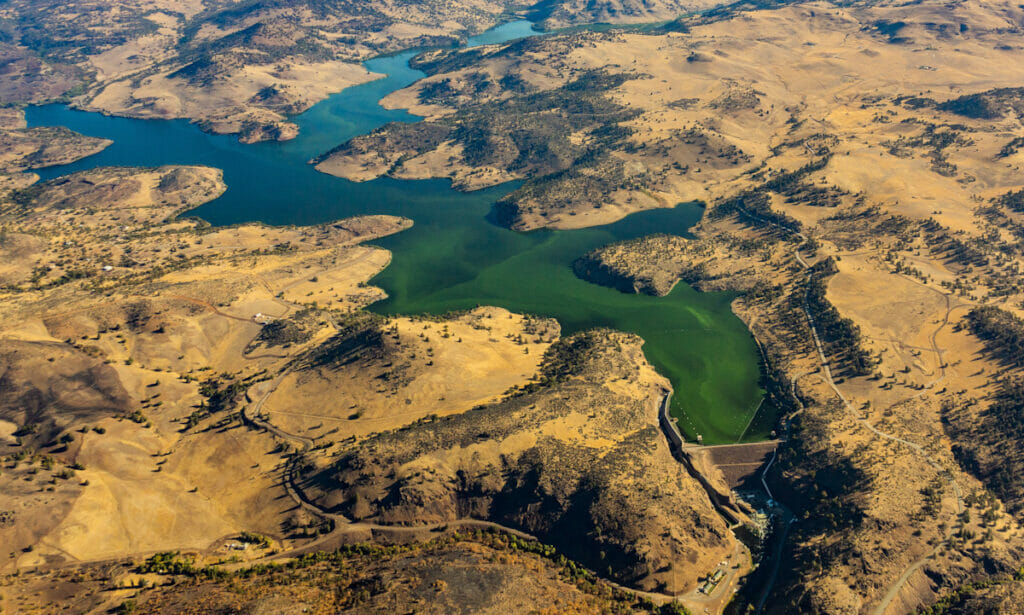
The victory on the Klamath highlights a remarkable year for TU, its members and supporters, our conservation partners, and our agency allies.
Earlier in the year, the EPA announced its “recommended determination” that would restrict the discharge of toxic mine waste into the headwaters of Bristol Bay. (Is it coincidence that after 15 years of trying, I managed to land a 30-inch native rainbow trout from Bristol Bay? I think not.)
Nelli and Austin Williams, the Alaska TU team and our partners from Alaska native villages and the outdoor industry, especially local lodges, waged a determined 16-year campaign to protect the most important salmon rivers in the world, and we are now oh-so-close to protecting Bristol Bay from industrial scale mining.
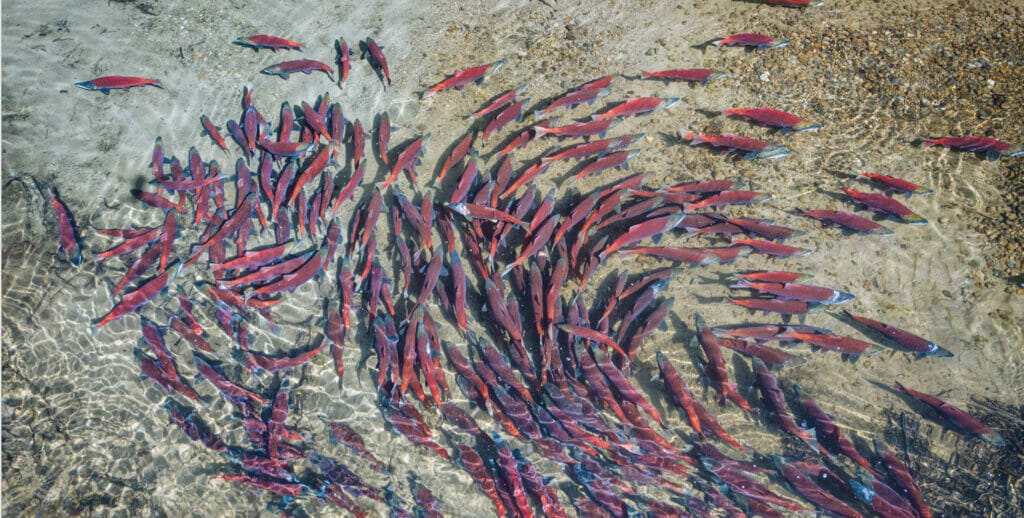
Another company proposed another ill-advised mine in the headwaters of the Smith River in Montana. Sheep Creek provides about 40 percent of the flow in the Smith—the only river in the state that a permit is required to float. The state approved a reckless plan that would have resulted in the production of 13 million tons of acid-generating mine waste in the Sheep Creek watershed.
David Brooks, Tom Reed, Colin Cooney, and others in TU’s Montana operations worked with partner conservation organizations and challenged the permit in court. Happily, the Montana court agreed with us, finding that the “decision to permit the Black Butte Copper Mine was arbitrary, capricious, and unlawful.”
These three stories made national news, but just as vital are the work of chapters that make meaningful contributions to the places we live, love, and fish.
Consider the Oak Brook chapter in Illinois. Since 2005, the chapter has conducted fly fishing classes for kids, teaching over 850 young people. The chapter was the driving force in the creation of the Illinois TU Youth Conservation and Fly-Fishing Camp. Since 2008, they have reached hundreds of teen anglers and taught them how to care for and recover our rivers and streams. Each year the chapter donates over 1,200 volunteer hours toward youth education. The Oak Brook chapter donates $7,000 annually for youth education, and were an early contributor to the Tomorrow Fund.
They are not alone. In all, TU chapters helped to educate and make better more than 75,000 kids last year!
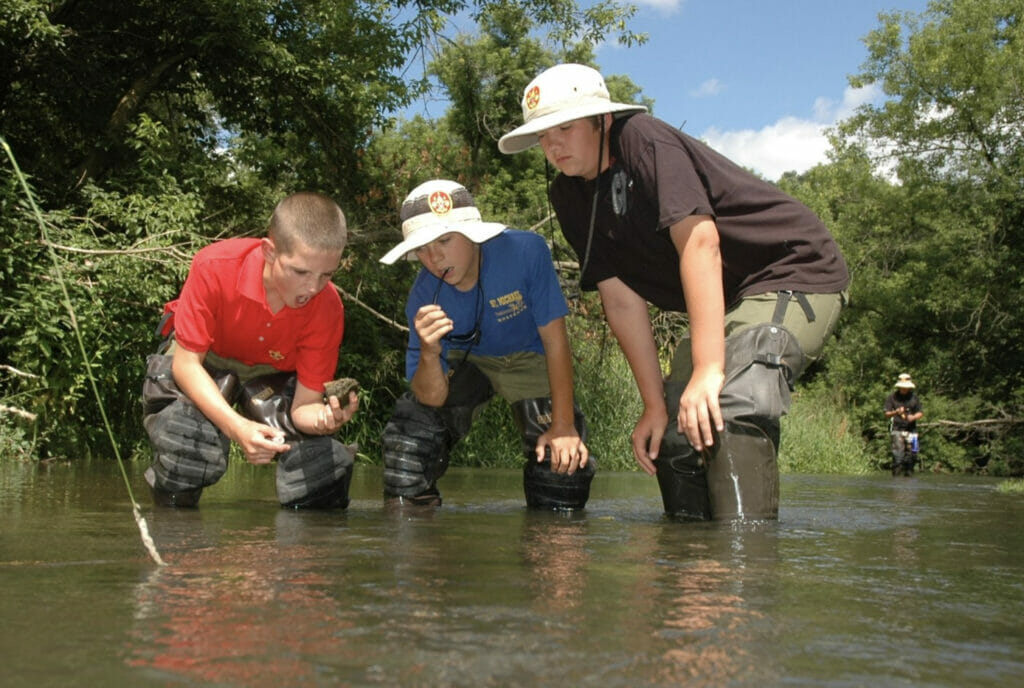
I have seen small chapters and councils do mighty things. I have always, for example, admired Arizona TU. They are among the best advocates for native trout—even though Apache (and Gila) trout in Arizona persist in habitats inhospitable to most native trout. Apache trout, whose populations were degraded by overfishing and habitat loss, were listed as “endangered” under the Endangered Species Act in 1973 when it first passed Congress. A few years later, they were upgraded to “threatened.”
Our partners in the White Mountain Apache Tribe essentially “saved” Apache trout from extinction. In 1955, it closed the reservation to fishing. Thanks to the tribe’s efforts and the work of TU and its agency partners, we have achieved the recovery goal of 30 distinct and sustainable populations of Apache trout.
Soon, the Apache will be removed from the Endangered Species Act—the first time in history for a trout or salmon species—and that’s because we and our partners brought them back.
We brought them back. Think about that message of hope! Too many people today throw their hands in the air because the threats to trout and salmon seem too much.
Not TU. In the face of adversity, we see opportunity.
Trout and salmon are remarkably resilient creatures, we just need to give them half a chance. And, that is what we do.
Such opportunities will abound over the next few years thanks to passage of the Bipartisan Infrastructure Law and the Inflation Reduction Act. These two laws will provide hundreds of billions of dollars for restoration and other work to make our rivers and streams more resilient to the effects of flood, fire, and drought. This means that dozens of field staff such as Jeff Wright in the Southeast (pictured below) can work with agencies like the Forest Service—with whom we inked a five-year $40 million agreement to restore streams and recover fisheries on national forests around the country.
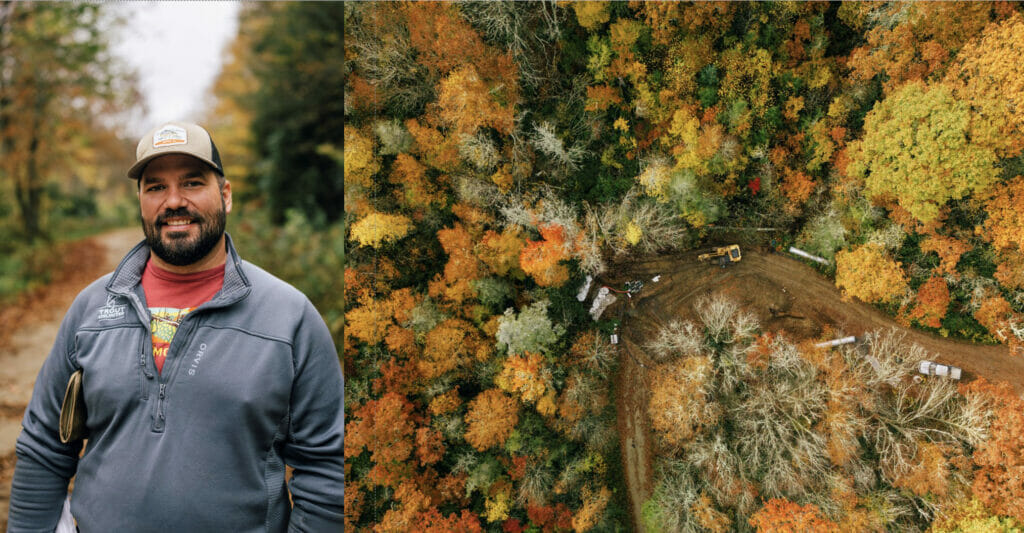
Similar work will continue with our partners at the Fish and Wildlife Service, NOAA Fisheries, the Bureau of Land Management, the Bureau of Reclamation, and other federal, state, and tribal agencies.
Meanwhile in places such as New England, thanks to our work with private landowners and the Natural Resource Conservation Service, we secured nearly $2 million to add large wood to stream systems where past logging has left them bereft of fish-friendly structure.
Why does large wood matter? Because it slows the energy of floods and provides cover and spawning and rearing habitat for trout and salmon. A hundred years ago, the logging companies took the trees from the streamside areas where the biggest trees grew. We are putting it back. In places such as the fabled Battenkill of Vermont and New York, we have seen a five-fold increase in trout in areas where this work occurs.
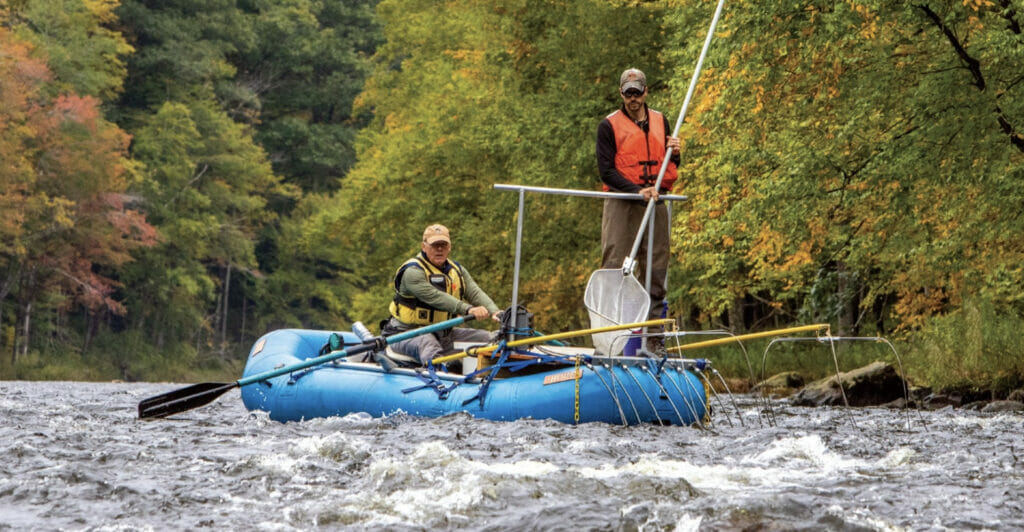
I’d like to close by remembering a man named Bud Isaacs. Bud was a combat veteran of the Vietnam War, an oilman, and the most passionate advocate of the Upper Colorado River. Bud noticed that a reservoir was warming the water and causing a thermal barrier to an otherwise world-class wild trout fishery. Bud, TU’s Mely Whiting, and other partners came up with the idea of building a bypass around the Windy Gap Reservoir.
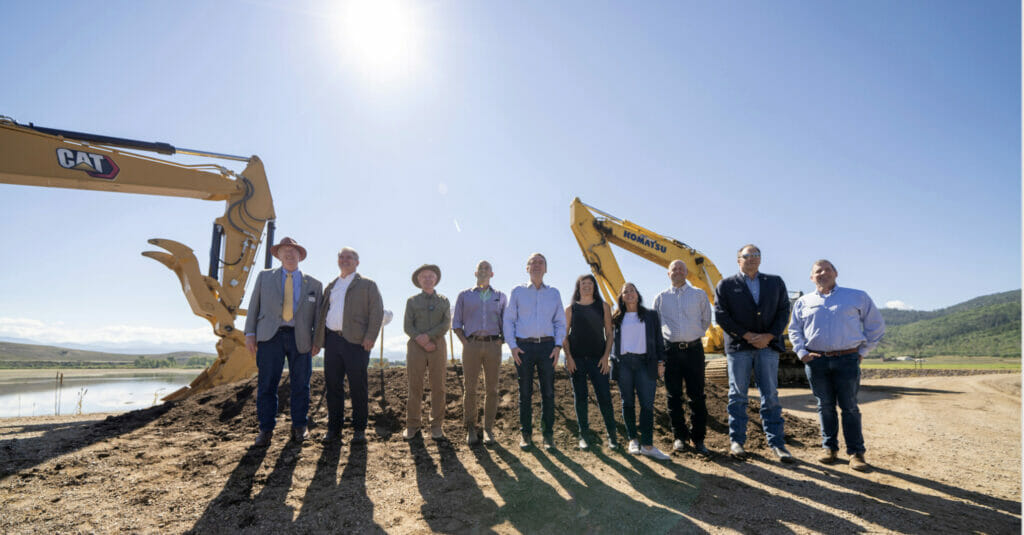
The bypass was initially priced at $18 million, then it ballooned to $33 million. Mely and Bud never flinched. Bud provided substantial personal funding to make his vision a reality. Thanks to Bud, Mely, and our partners, we raised the money and will soon create another mile of Gold Medal trout fishing on the Upper Colorado.
Bud passed away this year a week or so after inviting me to fish with him in Florida—and just a few months before the groundbreaking on the Colorado River Connectivity Project. His legacy will live on in a river recovered.
I hope you see yourself in the stories above. You are the best hope for caring for and recovering trout and salmon. You are the best hope for helping to rebuild community in an otherwise fractured world. Whether you join a stream clean-up, become a member, donate, or make TU a part of your estate plan, please continue to show up.
Anglers are optimists. In reality, it is more significant than that. We are a light in an often-darkening world. Keep shining.
